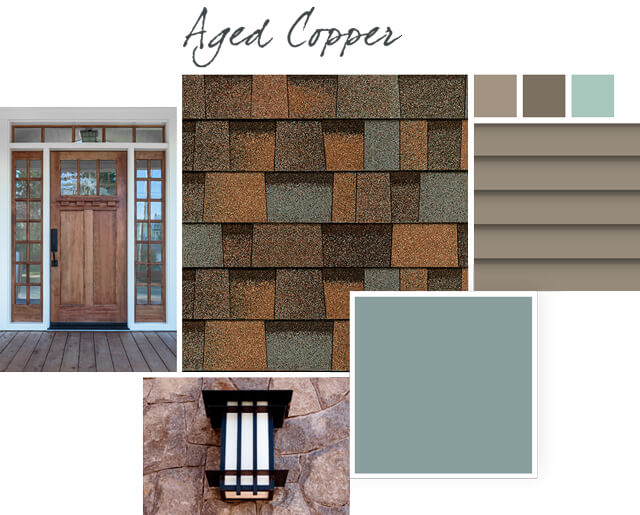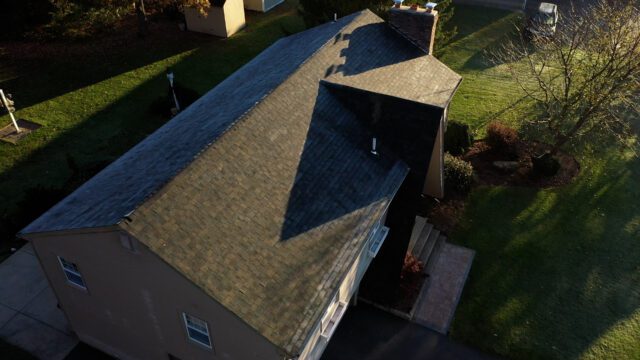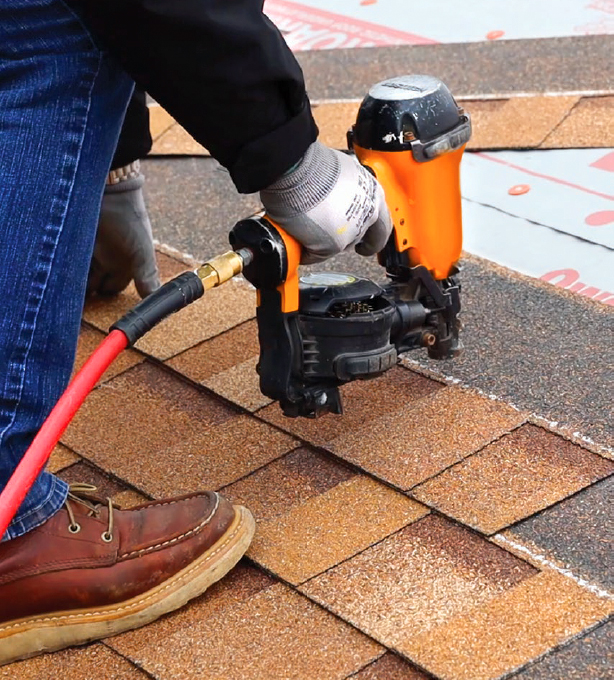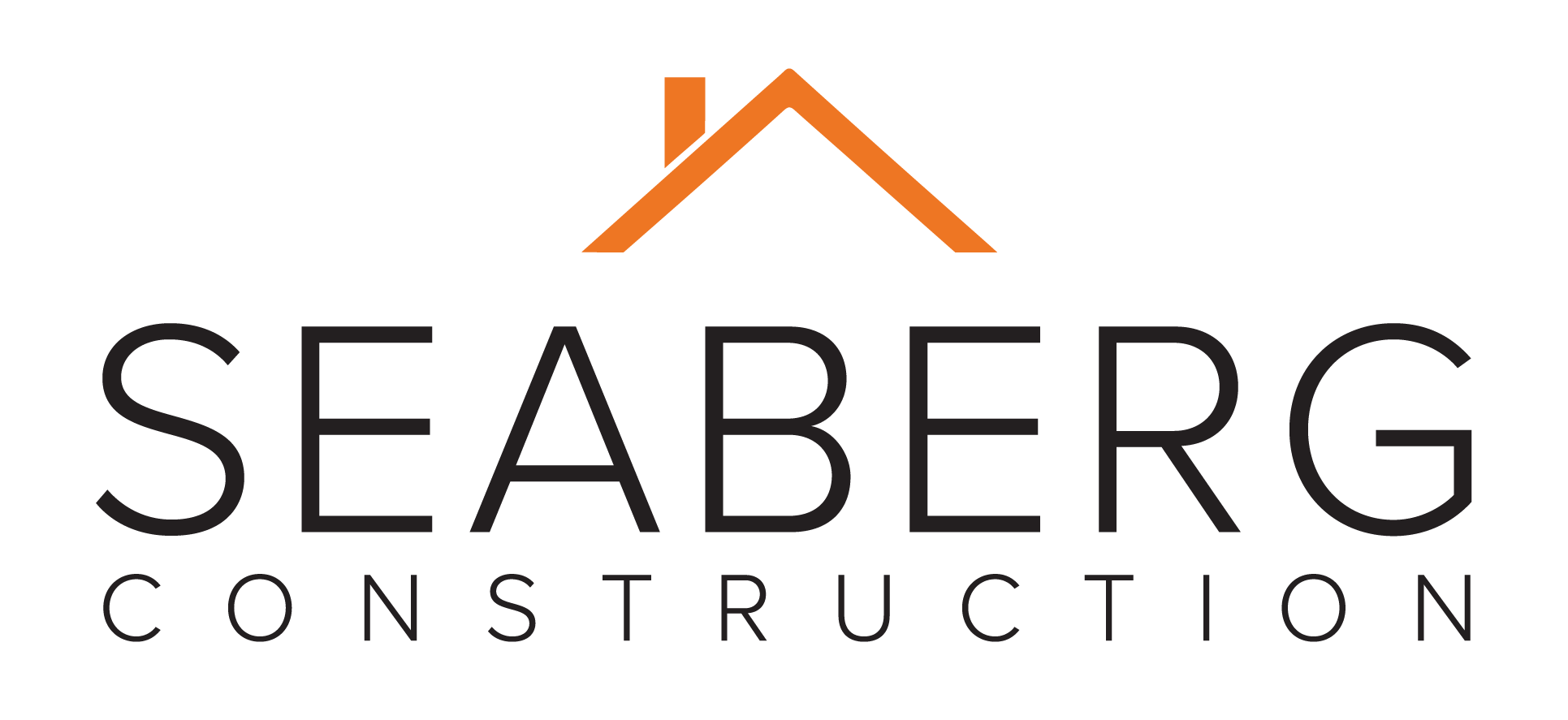As we move through 2025, the residential roofing industry is undergoing noteworthy shifts in technology, sustainability, material innovation, and homeowner preferences. For homeowners and contractors in New England states like Rhode Island, Massachusetts, and Connecticut, staying on top of roofing trends is essential. With climate change bringing more severe storms and temperature swings, roofing systems in this region must be durable, energy-efficient, and aesthetically appealing.
1. Increased Demand for Sustainable Roofing Solutions
Sustainability remains at the forefront of home improvement trends, and roofing is no exception. More homeowners are choosing eco-friendly roofing materials such as recycled shingles, cool roofing systems, and even solar-integrated solutions.
Cool roofing, for instance, reflects more sunlight and absorbs less heat than standard shingles, helping to reduce cooling costs during hot New England summers. According to the U.S. Environmental Protection Agency (EPA), cool roofs can lower roof surface temperature by up to 50°F, which translates to substantial energy savings for homeowners (EPA Cool Roofs).
Additionally, recycled asphalt shingles and metal roofing are gaining popularity for their long lifespan and low environmental impact. Homeowners in coastal areas like Narragansett or Southeastern Massachusetts are also opting for synthetic roofing materials made from recycled rubber or plastic that resist moisture and high winds.
2. Storm-Resistant Materials and Installation Techniques
With the frequency and intensity of storms rising across New England, roofing systems need to be resilient. In 2025, there is increased demand for roofing materials that offer superior wind uplift resistance, impact resistance, and moisture barriers.
Class 4 impact-resistant shingles, rated to withstand hail and flying debris, are being increasingly specified in building codes and insurance incentives. These shingles can reduce maintenance and insurance premiums, making them an attractive option for homeowners (Insurance Institute for Business & Home Safety).
Contractors are also employing improved installation methods, such as enhanced underlayments and ice-and-water barriers, to prevent leaks during freeze-thaw cycles and storm events.

3. Solar Roofing Integration
The solar roofing trend continues to grow in 2025, particularly in environmentally conscious regions like New England. Unlike traditional solar panels, solar shingles blend seamlessly into the roof’s appearance, preserving curb appeal while generating renewable energy.
Manufacturers like Tesla, CertainTeed, and GAF are pushing the boundaries of solar roofing technology, with better efficiency, longer warranties, and easier installation (GAF Energy Solar Roofing). These systems are especially appealing to homeowners looking to lower energy bills and reduce their carbon footprint.
While the upfront cost remains high, new federal tax incentives and local rebates in Rhode Island and Massachusetts are helping offset initial expenses (EnergyStar Federal Tax Credits).
4. Architectural and Designer Shingles on the Rise
In 2025, homeowners are placing greater emphasis on aesthetics. Architectural shingles, also known as dimensional or laminate shingles, are growing in popularity due to their enhanced visual appeal and better durability.
Available in a wide range of colors, textures, and patterns, these shingles are designed to mimic the look of natural wood or slate, giving homes a more upscale appearance without the cost of premium materials. This trend is particularly strong in historical neighborhoods of New England where maintaining traditional aesthetics is important (CertainTeed Roofing Options).

5. Increased Use of Roofing Technology and Drones
Roofing inspections and project planning have become more efficient thanks to drone technology and AI-powered roofing software. In 2025, many roofing contractors are using drones to safely assess roof conditions, generate detailed reports, and provide clients with real-time visuals.
This tech-forward approach improves safety, accuracy, and customer transparency. It also allows contractors to deliver faster, more competitive estimates—an essential advantage in a fast-paced market (DroneDeploy Roofing).

6. Emphasis on Energy Efficiency and Insulation
With rising energy costs, New England homeowners are prioritizing energy efficiency in all aspects of their homes. In roofing, this means better insulation, ventilation, and reflective materials.
Contractors are increasingly recommending ridge vents, soffit vents, and radiant barriers as part of a comprehensive roofing system that supports indoor comfort and lowers heating and cooling bills.
Additionally, properly insulated attic spaces contribute to longer roof lifespans by reducing ice dam formation and moisture buildup—two common issues in colder New England climates (DOE Attic Insulation Guide).

7. Financing and Insurance Flexibility
One of the biggest shifts in the roofing industry is the increased availability of financing options for homeowners. In 2025, more roofing companies are offering payment plans, zero-interest promotions, and insurance claim assistance.
Given that roof replacements can range from $10,000 to $25,000 depending on size and materials, these financing solutions are critical for accessibility. Roofing contractors in Rhode Island and Massachusetts are also becoming better equipped to navigate the insurance process, helping homeowners maximize their policy benefits after storm damage (Financing a Roof Replacement).

8. Labor Shortages and Training Initiatives
The construction industry continues to face labor shortages, including in roofing. In response, many companies are investing in training programs, apprenticeships, and technology-driven tools to streamline workflows.
These efforts not only address staffing challenges but also ensure that roofing crews are trained in the latest best practices and installation methods. Homeowners benefit by getting high-quality workmanship from well-trained professionals (National Roofing Contractors Association).

Final Thoughts
The residential roofing industry in 2025 is more innovative, efficient, and environmentally conscious than ever before. For homeowners in New England, these trends offer exciting opportunities to upgrade roofing systems with materials and technologies that provide better performance, sustainability, and long-term value.
Whether you’re in Providence, Newport, Putnam, or Dartmouth, choosing the right roofing partner is essential. At Seaberg Construction, we stay at the forefront of roofing innovations to deliver results that stand up to New England’s unique climate challenges.
Ready for a roofing update? Contact Seaberg Construction today to schedule a free inspection or learn more about the latest residential roofing trends.

Read Seaberg Construction’s Google reviews left by homeowners like yourself: https://tinyurl.com/kkxwhx8k
Follow us on Facebook: www.facebook.com/seabergconstruction and Instagram: www.instagram.com/seabergconstruction to stay up-to-date with our current projects and news.
To obtain your complimentary estimate from Seaberg Construction, please complete the form available on our website: https://seabergconstruction.com/about-us-roofing-company/contact-us/
And, don’t forget to read our other blog posts for more home improvement tips and ideas: http://seabergconstruction.com/home-owners-information-center/

